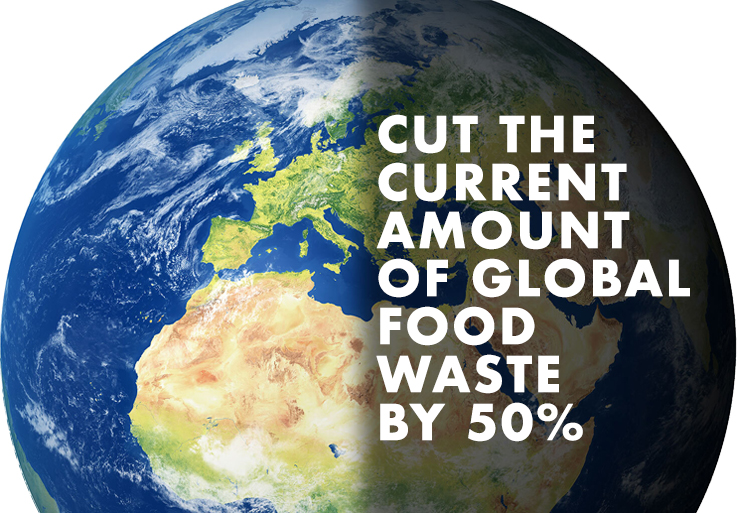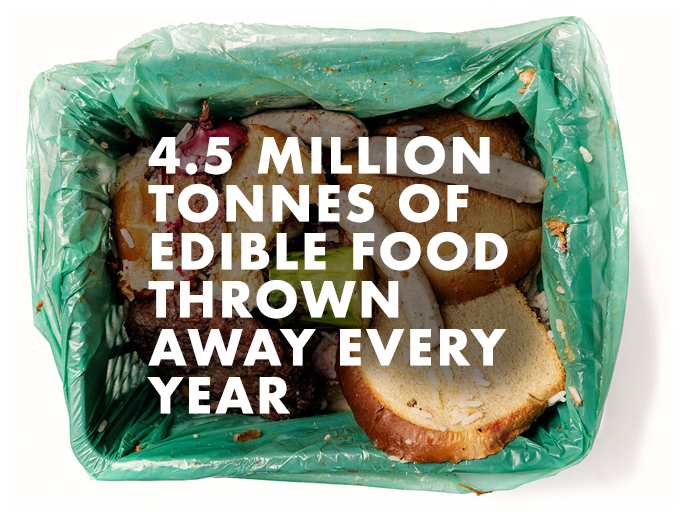Food is for tasting, not for wasting
There’s currently a huge question surrounding the big climate predicament: how are we going to tackle climate change, while feeding a growing global population and encouraging economic development? When looking at the global food system, it’s key to keep sustainability at the heart of every decision made. This means that supply chains, businesses, governments, and every person has an essential role to play.

Cut the current amount of global food waste by 50%

Reducing food being wasted is a vital part of building a sustainable global food system for our planet. The UN currently has a goal to cut the current amount of global food waste by 50% around the world. If halving the world’s food waste was successful, it would mean that we would no longer need to convert an area the size of Argentina into agricultural land, which if we continue to consume at the rate that we do, we’d need to. Achieving this target would also lower greenhouse gas emissions by 1.5 gigatons per year – which is more than the current emissions of Japan.
Show me the facts
With 70% of food being wasted in the home, every little bit of food we waste contributes to the creation of greenhouse gases (like carbon dioxide and methane) – whether it’s that soggy bag of salad, last night’s leftovers or the bread that ended up going mouldy in the cupboard. But contrary to what we might think, it’s not the piles of rotting landfill that are the biggest cause – it’s the impacts embedded from the production of that food in the first place, with 25-30% of CO2e greenhouse gases created by food production alone. To put this in context, wasted food produces six times the amount of greenhouse gas emissions as global aviation.
4.5 million tonnes of edible food thrown away every year

The production of food has a massive impact on the planet. To grow food, you need land. And to create space for this land, can lead to deforestation. And then there is all the water you need, the energy, the fertiliser and then the transport (and fuel) to get that food to where it needs to go. And with 4.5 million tonnes of food that could have been eaten thrown away every year from homes in the UK, the numbers of wasted resources only get bigger too. So for us, the planet and our future generations – it’s safe to say we need to change the way we buy and use our food.
Sources:
For water use For individual food waste tonnages For total food waste tonnages
For carbon factors excluding milk: Clune, Stephen & Verghese, Karli & Crossin, Enda. (2016). Systematic review of greenhouse gas emissions for different fresh food categories. Journal of Cleaner Production. in press.